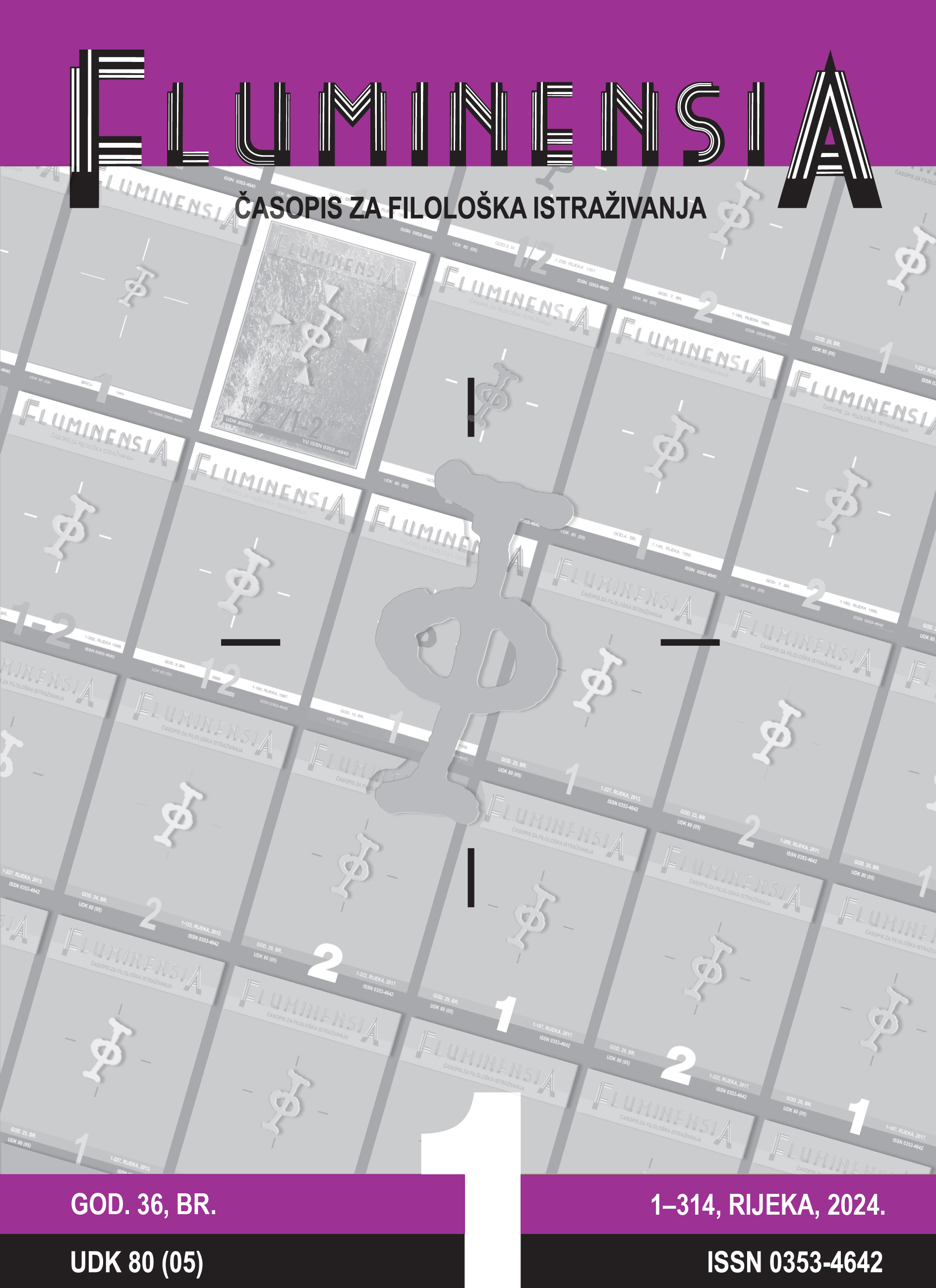AN EXPLORATORY STATISTICAL ANALYSIS OF TEXTUAL AND LINGUISTIC FEATURES OF THE TEXT OF THE PASSION ACCORDING TO MATTHEW IN CROATIAN GLAGOLITIC MISSALS
Keywords:
Croatian Glagolitic missals; Croatian Glagolitic Gospel texts; Passion according to Matthew; Croatian Church Slavonic language; statistics; segmentation analysisAbstract
Starting from the division of Croatian Glagolitic liturgical codices into northern and southern, i.e., older and younger groups established by M. A. Pantelić (1971) and J. L. Tandarić (1980), and based on research which has resulted in an emergence of a third, transitional group, in this paper we examine selected statistical methods and the extent to which they enable a clearer presentation and better understanding of the relationship between the texts of Croatian Glagolitic codices compared to the traditional approach. The material from the study into the language of the text of the Passion according to Matthew from 16 Croatian Glagolitic missals by M. Šimić (2000) was used as a corpus for the analysis in which the author identified phenomena relevant to linguistic analysis and presented data about these phenomena in individual missals. The author determined that the Missals can be grouped into older (Vatican Missal Illirico 4, Roč Missal, First Ljubljana (Beram) Missal, Copenhagen Missal, Second Ljubljana (Beram) Missal), younger (Hrvoje’s Missal, New York Missal, Senj Missal) and a third, transitional group consisting of the following eight missals: First Oxford Missal, Berlin Missal, Second Oxford Missal, Second Vrbnik Missal, Vatican Missal Illirico 8, First Vrbnik Missal, Novak’s Missal and Editio Princeps. In the current research, statistical methods of segmentation analysis were performed on Šimić’s data. This included a set of statistical methods that try to quantitatively express the similarity of the analysed units with regard to characteristics significant for their mutual relationship, with the aim of setting hypotheses about the broader structure to which these units belong. The analysis presents how, with regard to the selected linguistic and textual features, the Missals are grouped and shows the relationships between these groups. The analysis has confirmed the division into groups observed when applying traditional methods, but also warned about some phenomena that had not been noticed before.

